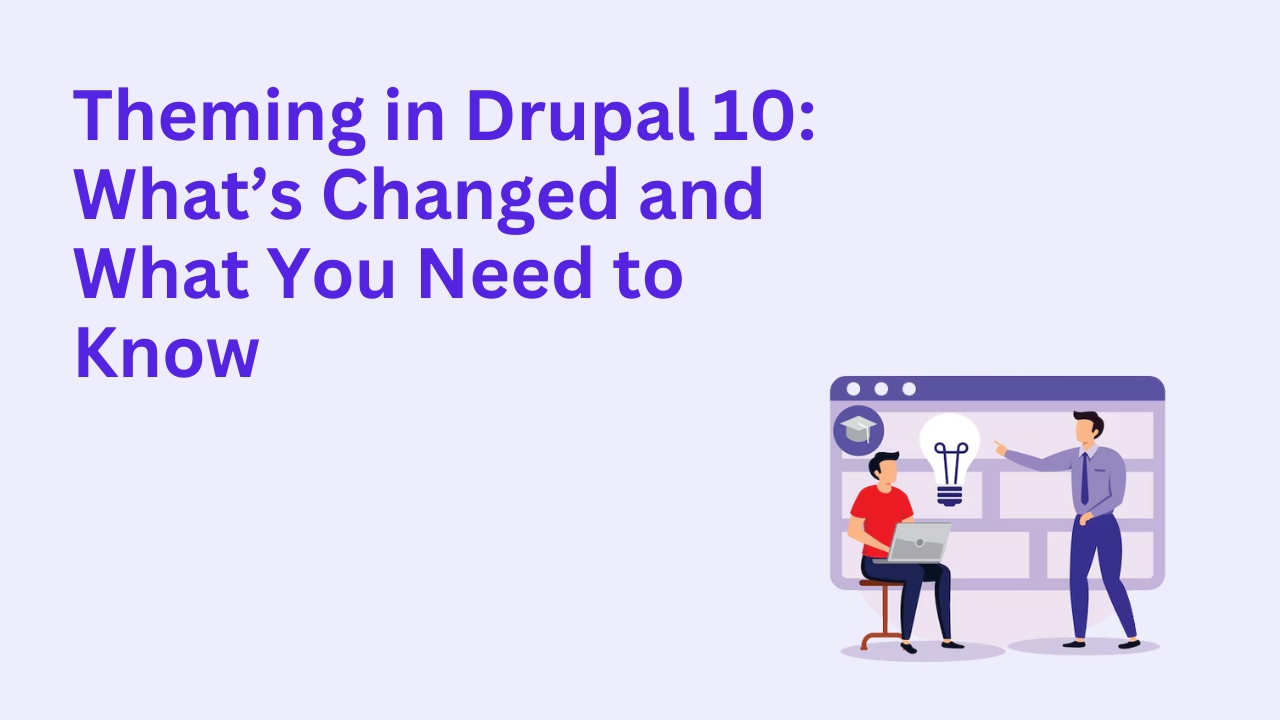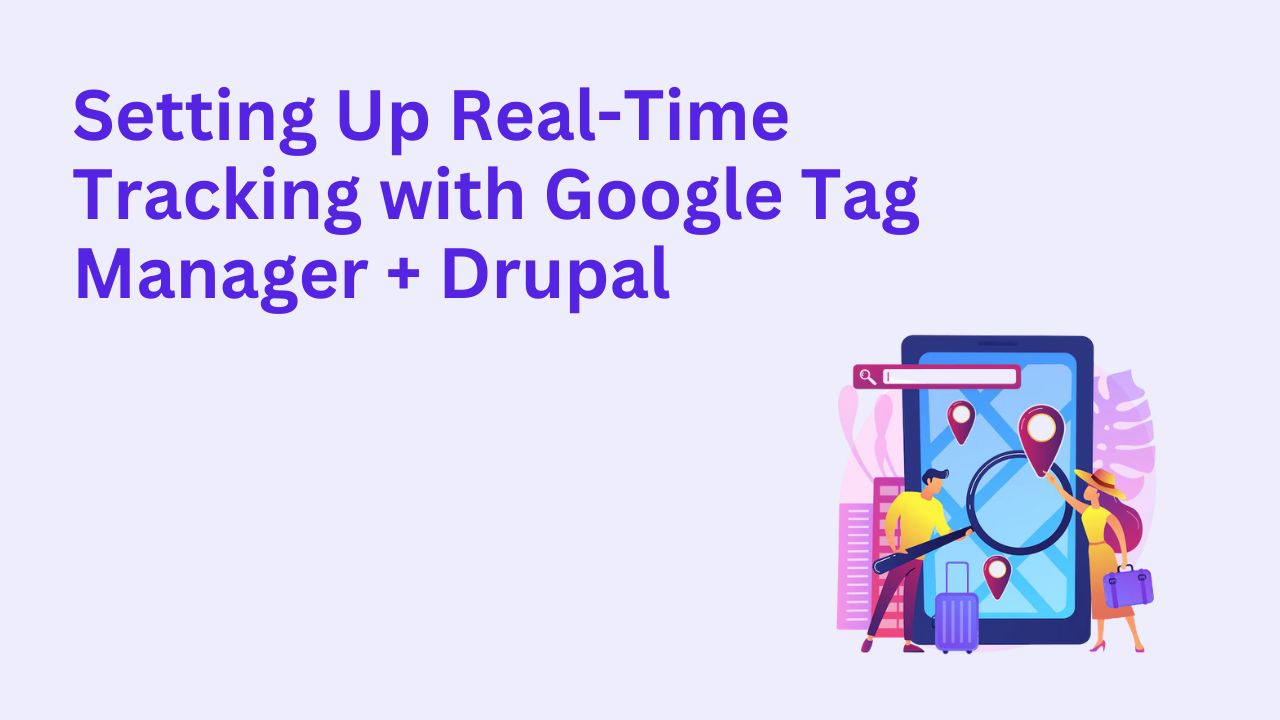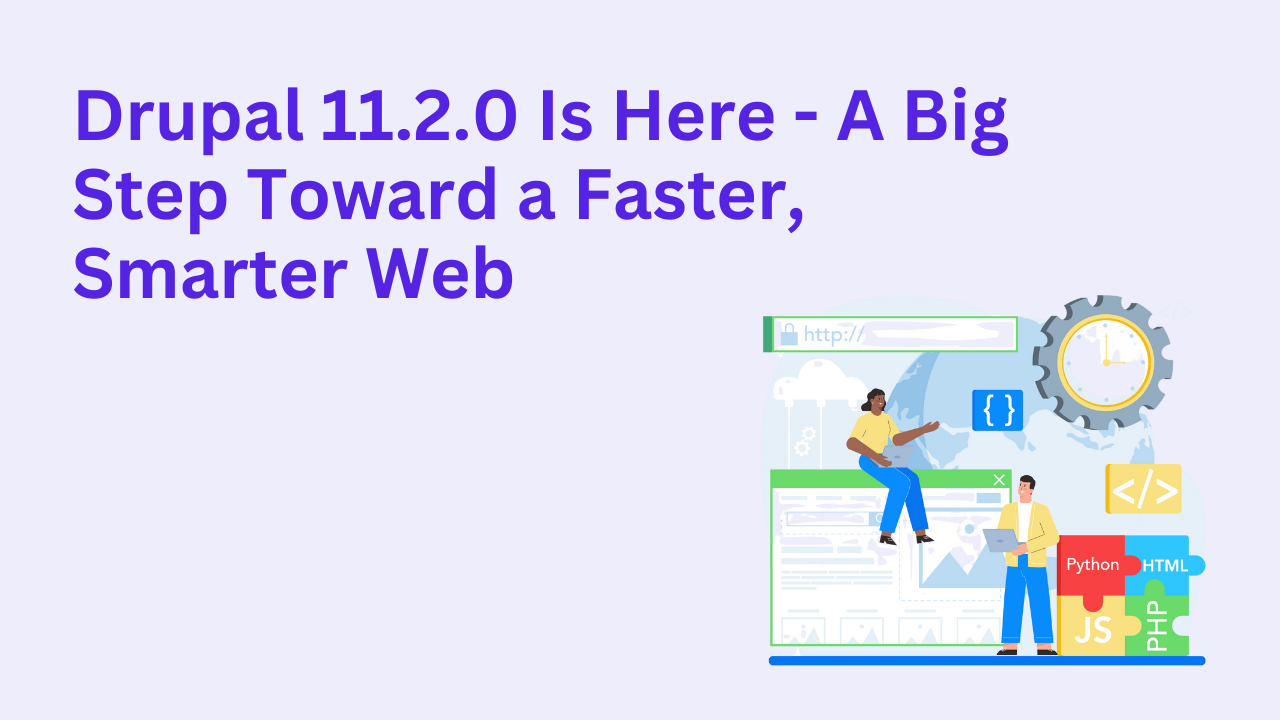Optimizing Media Management with the Media and Responsive Image Modules

Media content—images, videos, audio—is at the heart of engaging websites. But if you're managing a Drupal site and your media is scattered, oversized, or loading slowly, it's time to harness the power of Drupal’s Media and Responsive Image modules.
Here’s how you can streamline your media workflow and ensure lightning-fast, mobile-friendly experiences for every visitor.
Why Media Management Matters in Drupal
Poor media handling can lead to bloated page sizes, slow load times, and inconsistent content presentation. That’s not just a user experience issue—it’s also bad for SEO and accessibility. Drupal provides robust tools to fix this with the Media module (core) and the Responsive Image module (also in core).
What the Media Module Does
Centralizes media files (images, videos, PDFs) under a single UI
Supports reusable media entities across your site
Integrates with popular editors like CKEditor for quick media embeds
Enables structured media types with custom fields
You can easily configure media types like "Image" or "Video," assign fields such as alt text, and maintain media consistency throughout your Drupal site.
Why Use the Responsive Image Module?
High-res images are great—until they slow down your site on mobile. The Responsive Image module solves that by:
Generating multiple versions of your image at different breakpoints
Delivering the right image size based on device and screen size
Using HTML5’s
<picture>element to serve the best fit imageSaving bandwidth and improving performance scores
This is crucial for sites with galleries, banners, or any media-heavy layout.
Best Practices for Drupal Media Optimization
Define image styles: Create predefined dimensions for different display contexts.
Use lazy loading: Modern browsers now support this natively; it’s a must-have.
Limit unoptimized uploads: Enforce guidelines on file types, sizes, and formats.
Enable caching: Use Drupal’s built-in and server-side caching to improve performance.
Audit your media library: Regularly remove unused files and broken links.
When to Bring in the Experts
Media optimization is a balance between speed, quality, and usability. If you're unsure where to start or your media library has gotten out of hand, you can always hire Drupal developers who specialize in frontend performance.
Want to talk through your specific use case? Book a consultation and we’ll walk you through the right configuration for your site.
FAQs
Can I use external media like YouTube or Vimeo with the Media module?
Yes, Drupal supports remote media out of the box, and you can embed YouTube, Vimeo, and other hosted videos seamlessly.
Do responsive images affect SEO?
Absolutely. Faster image loads and mobile-optimized experiences improve your Core Web Vitals, which impact rankings.
Is the Media module better than managing files directly in the content editor?
Yes. Using media entities ensures consistency, reusability, and better metadata handling across your site.








